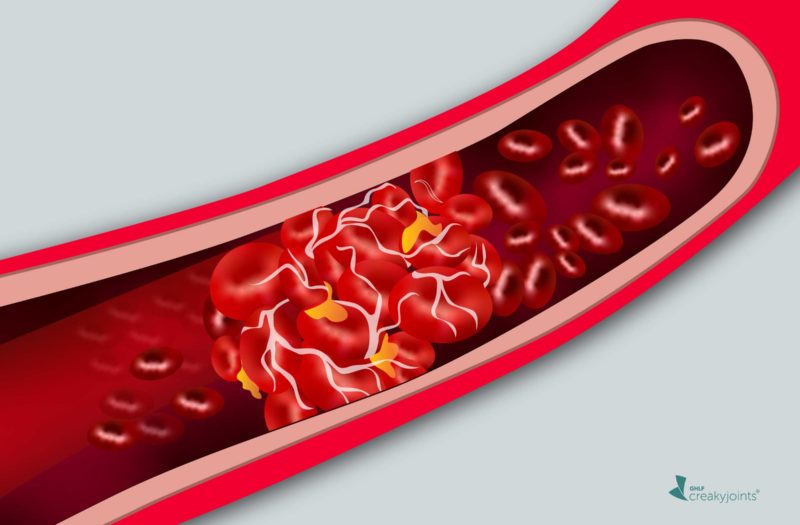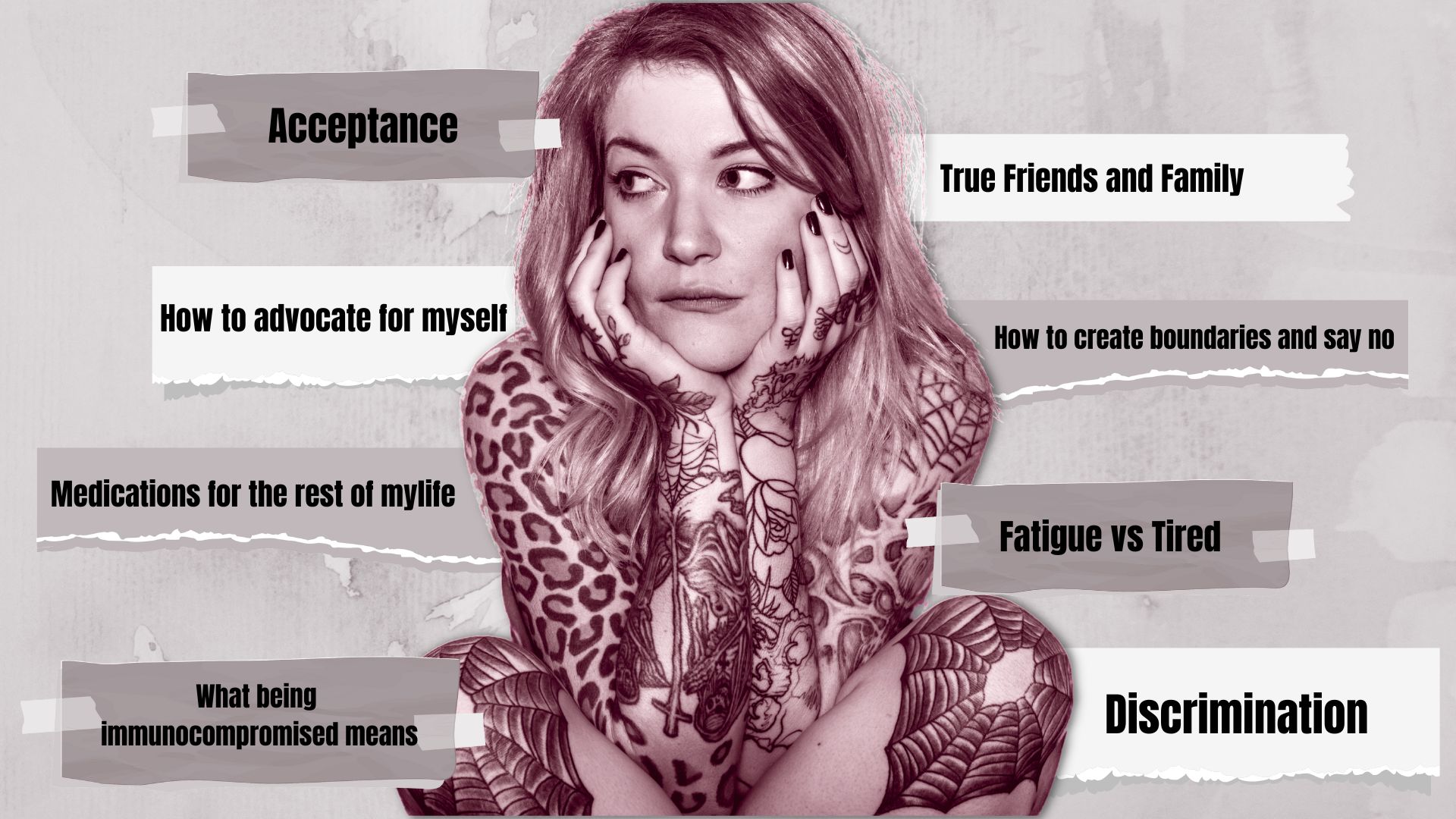Rheumatoid arthritis (RA) is primarily thought of as a disease that affects your joints, but this inflammatory autoimmune illness can cause inflammation throughout your entire body — including in your blood vessels. That’s why RA patients have a higher than average risk of cardiovascular disease, which includes everything from high blood pressure to heart attack and stroke.
Dangerous blood clots are also a possible cardiovascular complication, and a new study finds that the risk of blood clots goes up along with RA disease activity.
The study, which was published in the journal Annals of the Rheumatic Diseases, analyzed data on more than 46,000 rheumatoid arthritis patients who had visited a rheumatologist in Sweden at least once between 2006 and 2018.
According to the findings, RA patients are more likely than the general population to experience deep vein thrombosis (DVT), a dangerous type of blood clot that’s most apt to form in the legs. They’re also more likely to have a pulmonary embolism (PE), which is a blood clot that breaks off and travels to the lungs, where it may become life-threatening.
But RA disease activity had a big impact on blood clot risk.
The researchers found that RA patients whose disease activity was highest when assessed at a rheumatology checkup had more than double the odds of developing a DVT or PE during the following year compared with the general population. RA patients in remission, however, had only a 34 percent increase in odds of having clots compared with the general population.
In other words, the more poorly controlled your RA is, the greater your chances of having a serious blood clot.
This is not the first study to find an association between rheumatoid arthritis and the risk of DVT and PE. If you’re concerned about your personal risk, getting more exercise and not smoking should help. Here is more information about reducing your risk of blood clots and DVT.
You might also want to ask your rheumatologist or cardiologist if you would benefit from taking aspirin or another blood-thinning medication, though these drugs are not right for everyone.
As well, you should be aware of symptoms of deep vein thrombosis and pulmonary embolism and seek immediate medical attention if you have symptoms.
DVT Symptoms
- Swelling in the leg
- Leg pain or tenderness
- Reddish or bluish skin discoloration
- Leg warm to touch
Symptoms of Pulmonary Embolism
- Sudden shortness of breath
- Sharp, stabbing chest pain
- Chest pain that may get worse with taking deep breaths
- Rapid heart rate
- Cough, sometimes with bloody mucus
Be a More Proactive Patient with ArthritisPower
Join CreakyJoints’ patient-centered research registry to track your symptoms, disease activity, and medications — and share with your doctor. Learn more and sign up here.
Molander V, et al. Risk of venous thromboembolism in rheumatoid arthritis, and its association with disease activity: a nationwide cohort study from Sweden. Annals of the Rheumatic Diseases. October 8, 2020. doi: http://dx.doi.org/10.1136/annrheumdis-2020-218419.
Prevention of Deep Vein Thrombosis and Pulmonary Embolism. National Blood Clot Alliance. https://www.stoptheclot.org/learn_more/prevention_of_thrombosis.
Understand your heightened risk of blood clots if you have rheumatoid arthritis. Harvard Health Letter. December 2012.
https://www.health.harvard.edu/diseases-and-conditions/understand-your-heightened-risk-of-blood-clots-if-you-have-rheumatoid-arthritis.






